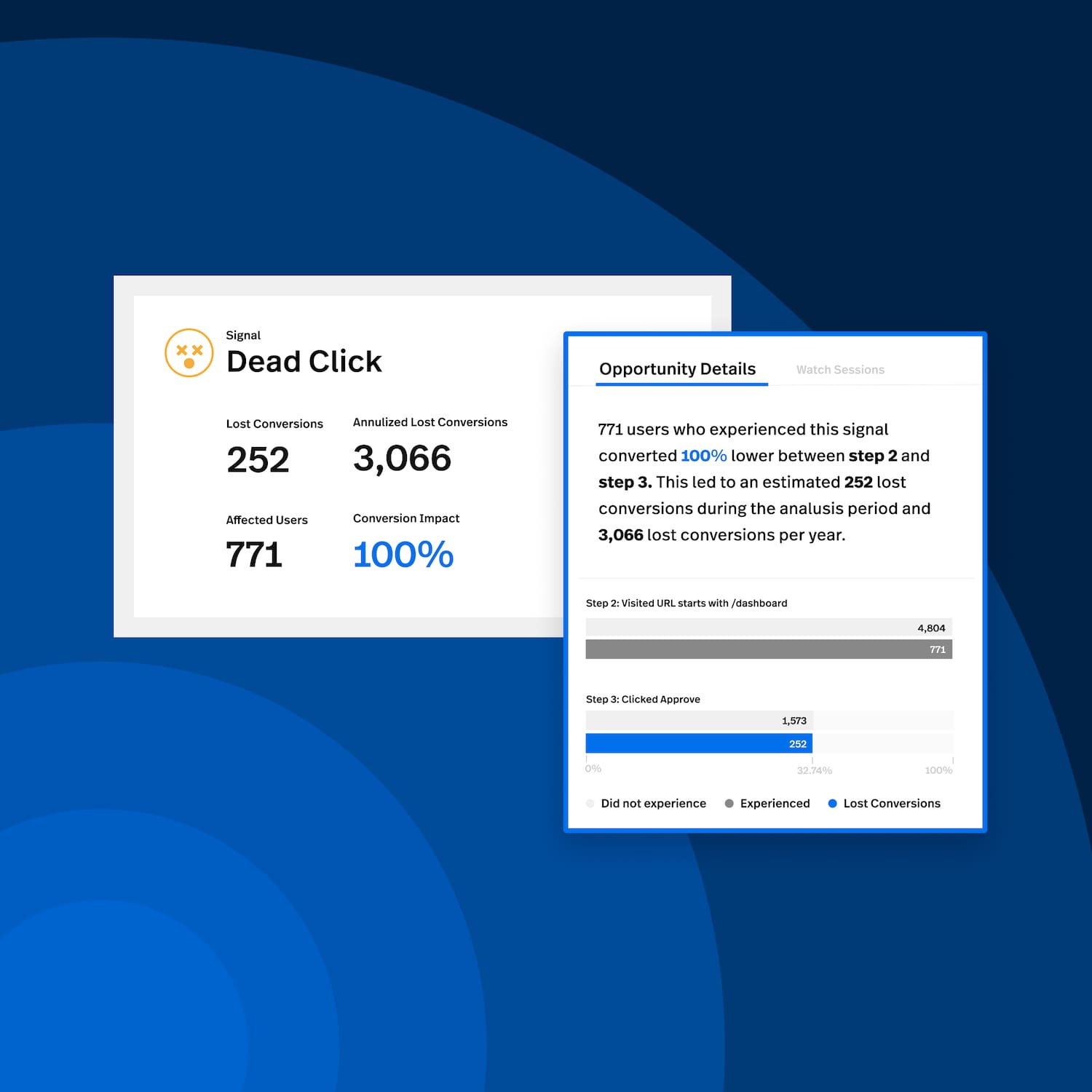How Design Affects User Behavior and Conversions
Introduction
Design plays a crucial role in shaping user behavior and driving conversions on websites and digital platforms. The way a website or app is designed can significantly impact how users interact with it, influencing their decisions, actions, and overall experience. In this blog post, we will explore the various ways in which design affects user behavior and conversions, and why it is essential for businesses to prioritize effective design strategies.
1. The Power of Design
Design plays a crucial role in shaping user behavior and driving conversions. It goes beyond aesthetics and encompasses the overall user experience. A well-designed website or application can captivate users, encourage them to explore further, and ultimately convert them into customers.
2. Visual Appeal
The visual appeal of a website or application is the first impression users have. A clean and visually appealing design can instantly grab their attention and create a positive perception of the brand. On the other hand, a cluttered or outdated design can turn users away, leading to high bounce rates and low conversions.
3. User-Friendly Navigation
Intuitive and user-friendly navigation is essential for guiding users through the website or application. Clear and well-organized menus, breadcrumbs, and search bars make it easier for users to find what they are looking for. A seamless navigation experience reduces frustration and encourages users to stay longer, increasing the chances of conversions.
4. Readability and Scannability
The design of the content itself greatly impacts user behavior. Well-formatted text with appropriate font sizes, line spacing, and paragraph breaks enhances readability. Additionally, using headings, subheadings, and bullet points improves scannability, allowing users to quickly grasp the main points. When users can easily consume the content, they are more likely to engage and convert.
5. Color Psychology
Colors evoke emotions and influence user behavior. Different colors have different psychological effects on individuals. For example, red can create a sense of urgency, while blue promotes trust and calmness. By strategically using colors in the design, businesses can influence user behavior and guide them towards desired actions, such as making a purchase or filling out a form.
6. Call-to-Action Placement
The placement and design of call-to-action (CTA) buttons can significantly impact conversions. CTAs should be visually distinct, easily noticeable, and strategically placed within the design. Using contrasting colors, larger sizes, and compelling copy can draw users’ attention and prompt them to take the desired action.
Summary
Design has a profound impact on user behavior and conversions. A well-designed website or app can guide users towards desired actions, such as making a purchase, signing up for a newsletter, or filling out a form. On the other hand, a poorly designed interface can frustrate users, leading to high bounce rates and low conversion rates.
One of the key aspects of design that influences user behavior is visual appeal. A visually appealing website or app can capture users’ attention and create a positive first impression, increasing the likelihood of engagement and conversions. Additionally, an intuitive and user-friendly interface enhances usability, making it easier for users to navigate and complete desired tasks.

Another crucial factor is the use of persuasive design techniques. By strategically placing call-to-action buttons, utilizing persuasive language, and leveraging social proof, designers can encourage users to take specific actions. Understanding user psychology and incorporating persuasive elements into the design can significantly impact conversion rates.
Furthermore, responsive design is essential in today’s mobile-dominated world. With a growing number of users accessing websites and apps on their smartphones and tablets, it is crucial to ensure that the design is optimized for different screen sizes and devices. A seamless and responsive experience across all platforms can enhance user satisfaction and increase conversions.
In conclusion, design has a powerful influence on user behavior and conversions. By prioritizing visual appeal, usability, persuasive techniques, and responsive design, businesses can create a positive user experience that drives conversions and achieves their goals. Investing in effective design strategies is crucial for businesses looking to succeed in the digital landscape.
- Q: How does design affect user behavior?
- A: Design plays a crucial role in user behavior as it influences how users perceive and interact with a website or product. A well-designed interface can enhance usability, create positive user experiences, and encourage desired actions.
- Q: How does design impact conversions?
- A: Design directly affects conversions by influencing user trust, engagement, and satisfaction. A visually appealing and intuitive design can build credibility, increase user engagement, and ultimately lead to higher conversion rates.
- Q: What design elements can influence user behavior?
- A: Several design elements can impact user behavior, including color schemes, typography, layout, navigation, and visual hierarchy. Each of these elements contributes to the overall user experience and can influence how users perceive and interact with a website or product.
- Q: How can design improve conversions?
- A: Design can improve conversions by focusing on clear and persuasive call-to-action buttons, optimizing the user flow, reducing friction points, and providing a seamless and intuitive user experience. A well-designed interface can guide users towards desired actions and increase conversion rates.
- Q: What role does user psychology play in design?
- A: User psychology plays a significant role in design as it helps designers understand how users think, behave, and make decisions. By incorporating principles of psychology, such as cognitive load reduction, social proof, and visual hierarchy, designers can create designs that align with user expectations and motivations.

Welcome to my website! I’m Harrison Probert, a passionate and experienced Digital Marketing Manager specializing in Behavioral Psychology, Conversion Rate Optimization (CRO), User Behavior, Persona Development, and Site Usability. With a deep understanding of human behavior and a keen eye for data-driven strategies, I strive to create impactful digital experiences that drive results.
